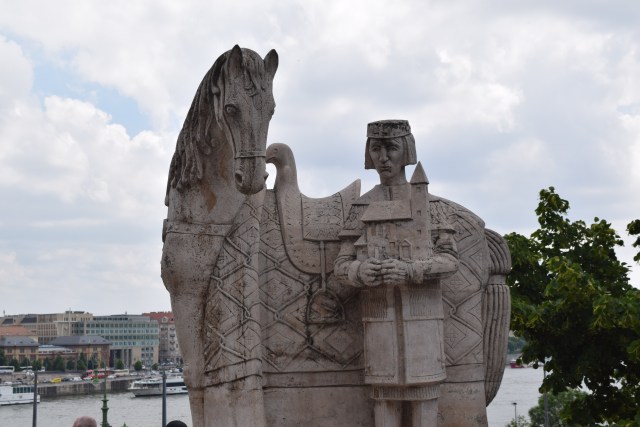Located at the base of Gellert Hill, the hill that the Citadella (fortress) sits atop, is a system of caves. One of the caves was converted into a chapel in the 1920’s and even served as a hospital for the Germans during WWII. Known as the Cave Church, it was certainly one of the most interesting places that we visited during our time in Budapest. A cross on top of the hill denotes the location of the church, which is also located near the famous Gellert Baths where people gather to enjoy the therapeutic thermal baths.







The atmosphere within Cave Church is interesting due to the lack of natural light and the rugged cavern walls. After its conversion to a hospital by the NAZI army during the war, it returned to serving as a church until 1951 when the Soviet Union had it shut down. The chapel was raided by the Soviet Army, the monks arrested, and the cave sealed up until Budapest regained their freedom in 1989. Today, the monks of the Pauline Order continue to operate the church and hold religious functions on the site as well as maintain it as a tourist attraction.







There is a nominal fee in order to enter the church and walking through the cavern will take you about thirty minutes to fully explore. In addition to the statues and artwork inside of Cave Church itself, there is also a small museum with additional historic artifacts. Exploring the church and understanding its history is certainly worth the effort of walking along the Danube below Gellert Hill. We combined it with our visit to the Citadella, which sits high above. It may not be the most well-known site in Budapest, but if your itinerary allows, we would recommend visiting.






































